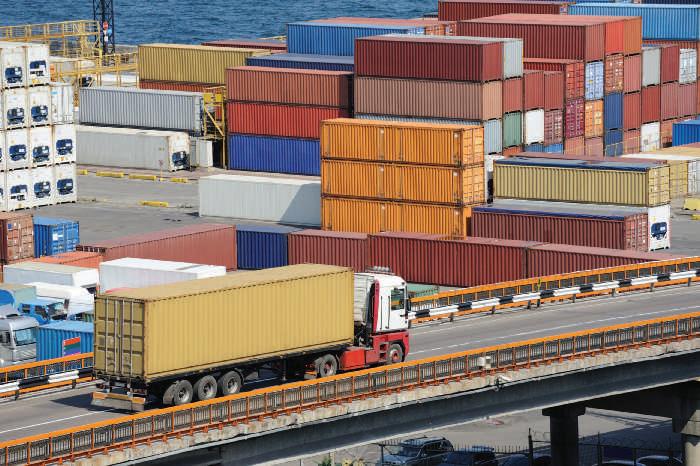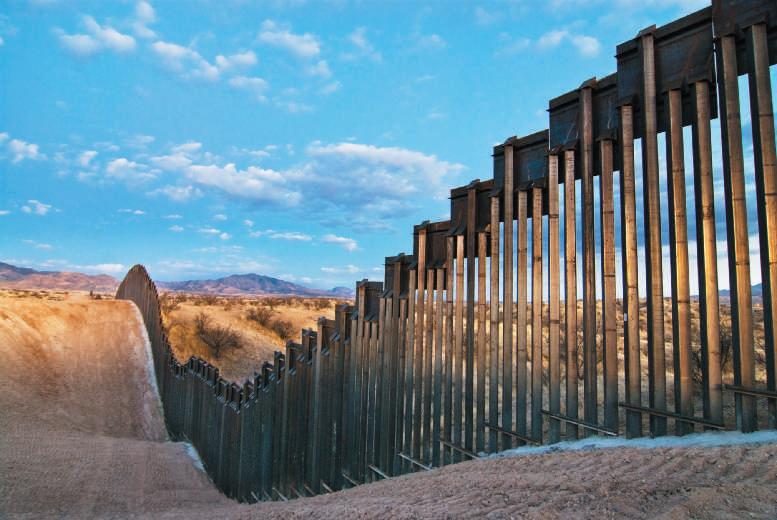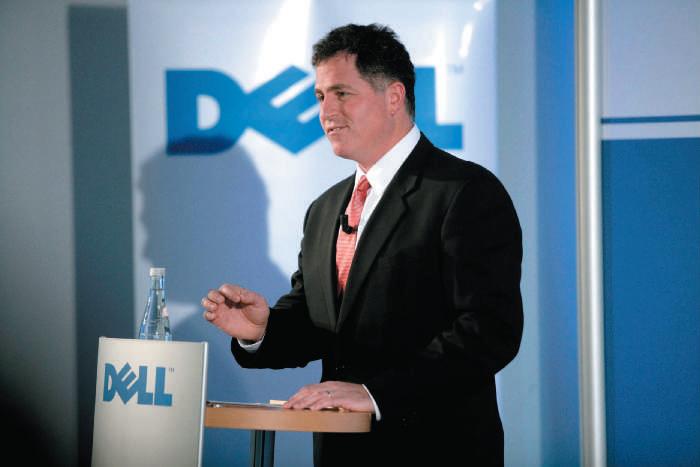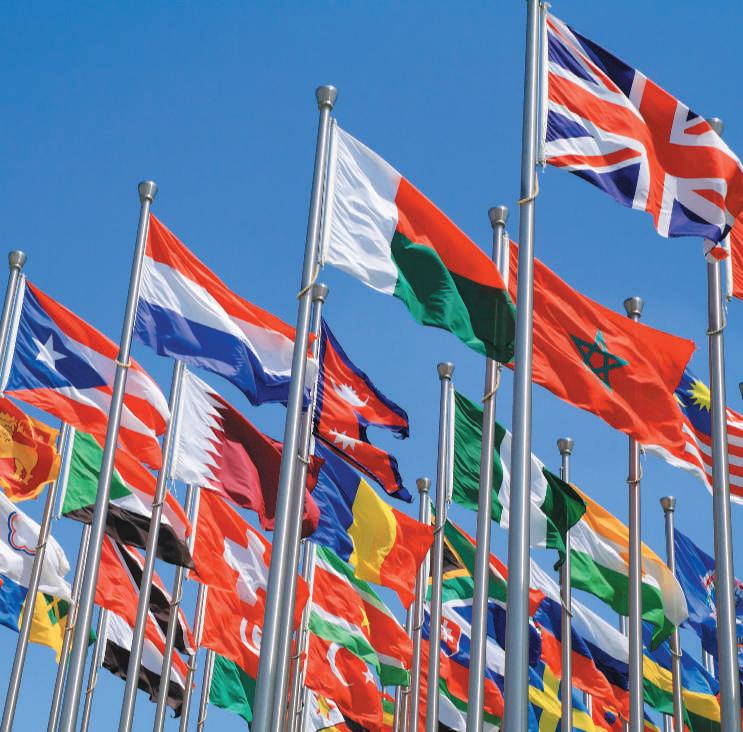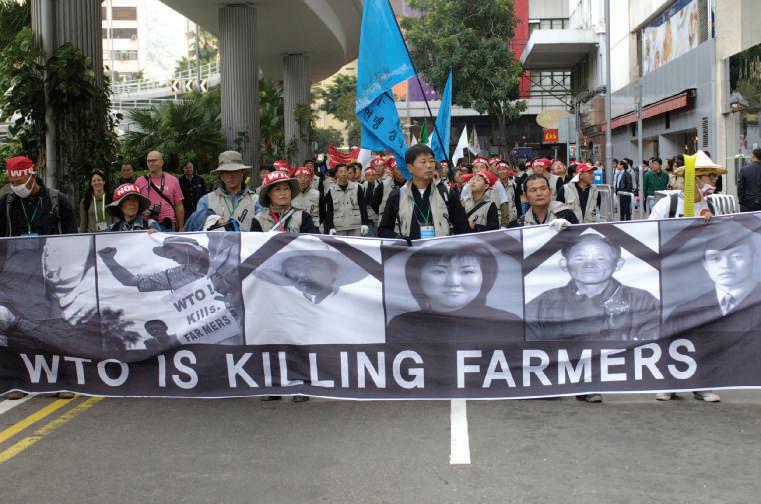O r ga n i z a t io n C u l t u r e a n d t h e C h a n ge C o n t r ol F u n c t io n
233
offering and its ongoing profits to a variety of CSR initiatives in individual communities and on the global stage. In particular, Google has been very active in contributing funds to public health and environmental programs and causes. Of course, not every global business is as active as Google on the corporate social responsibility front. That said, a wide variety of annual survey and award lists have emerged in recent years that rank companies by the level of their activities and contributions to communities, to the environment, and the like. For a number of global businesses, achieving a higher ranking on these surveys has become an important and measurable output goal. Moreover, in some industries, government entities formally score businesses with respect to their CSR activities. For example, pursuant to a U.S. banking law called the Community Reinvestment Act (CRA), all banks in the United States receive annual grades (excellent, satisfactory, or unsatisfactory) from federal banking regulators with respect to their community reinvestment and CSR activities. These activities involve banks having branches in low-income areas and making loans to low-income individuals. They may also involve bank monetary donations to charities and charitable activities in the communities in which they operate. Banks work hard to receive at least a “satisfactory” CRA grade, since banks with a lower grade might face negative regulatory consequences.
R e a l i t y C h e c k LO-4 What do you think is a good output control and measurement for the professor in this class?
9-5 Organization Culture and the Change Control Function Organizational culture, as discussed earlier in Chapter 3, represents the “personality” of a given organization, its shared norms and values. Organizational culture can be a very effective control mechanism for an organization, particularly when the norms of a given business’s culture are fully accepted by that organization’s workforce. Very often, however, such norms are not fully accepted, and this can pose a challenge to organizational control. To meet this challenge, an organization may seek to change its culture.
LO-5 Analyze the role organizational culture plays in controlling organizational activities, and how, when necessary, organizational cultures can potentially be changed.
9-5a Types of Organizational Culture If a global business has a strong and accepted cultural norm of employees doing only the highest quality work, it may not be necessary for supervisors to constantly monitor employee’s work quality. As an example, for generations there has been a cultural norm of “highest quality journalism” at the New York Times newspaper.14 In this organizational context, the newspaper’s reporters don’t require close supervision to do great journalistic work—the reporters’ pride in being journalists at arguably the best newspaper in the United States will operate as an automatic kind of internal control mechanism motivating them to do very high-quality work. Similarly, Google Corporation’s “Don’t Be Evil” motto contributes to the organizational culture by creating an overall norm for ethical behavior at that company. Put another way, there’s social pressure on Google Corporation’s employees to act in an ethical manner, and this social pressure acts as a control system apart from any formal rules and regulations. On a less positive note, convicted financial swindler Bernard Madoff created a cocainefueled “culture of sexual deviance” at the BMIS (Bernard Madoff Investment Services) company he once headed, according to a lawsuit filed in October 2009 by former Madoff investors. From the mid 1970s up until the company’s demise over 30 years later, Madoff
organizational culture
the personality of a given organization, its shared norms and values
Copyright 2017 Cengage Learning. All Rights Reserved. May not be copied, scanned, or duplicated, in whole or in part. Due to electronic rights, some third party content may be suppressed from the eBook and/or eChapter(s). Editorial review has deemed that any suppressed content does not materially affect the overall learning experience. Cengage Learning reserves the right to remove additional content at any time if subsequent rights restrictions require it.









